The Best Time To Visit Great Smoky Mountains National Park For Every Type Of Traveler
There's a season for everyone in the Smokies.
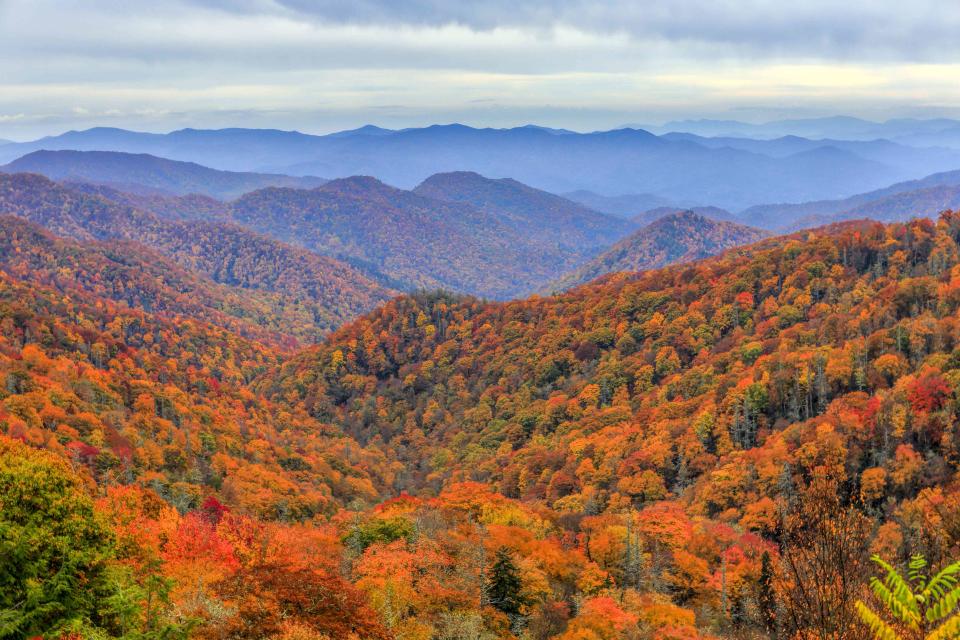
Getty Images
There’s no question why Great Smoky Mountains National Park is the most-visited national park in the United States. People from around the world flock to the area for its mountain magic. Choosing when to plan your trip depends on your priorities. While every season in the Smokies brings its own beauty, certain times of year offer different events or experiences you may want to consider.
Before you go, also take note that as of March 2023, park visitors must purchase a parking pass if they plan to stop anywhere in the park for 15 minutes or more. With the full amount of these fees staying in Great Smoky Mountains National Park, the “Park It Forward” initiative ensures this highly loved park can sustain visitors for many years to come.
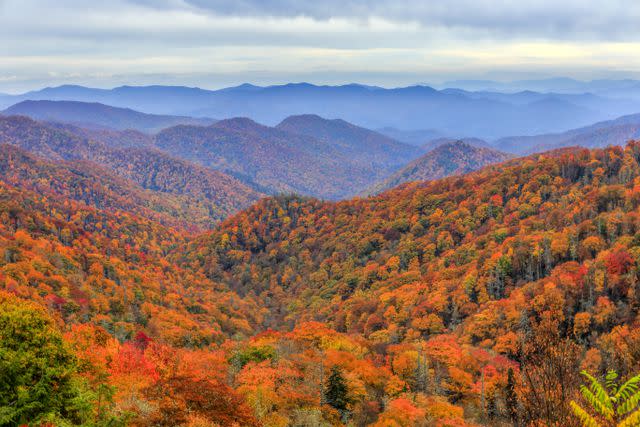
Getty Images
Here are the best times to visit Great Smoky Mountains National Park for fewer crowds, stunning blooms, outdoor adventure, and more.

Getty Images
When to Visit for Fireflies
Great Smoky Mountains National Park has at least 19 different firefly species, but is most well-known for its synchronous fireflies. These fireflies flash in unison 5 to 8 times and then pause together for about eight seconds in the darkness before beginning again. Their peak activity lasts around 2 to 3 weeks. The National Park Service estimates the dates for their arrival based on ground temperature and soil moisture in late spring and hosts an annual, weeklong firefly viewing event near Elkmont Campground in June. The lottery for tickets to this event, as well as the year’s predicted dates for peak firefly viewing, is announced in late April. Check the park’s website for the latest details.

Getty Images
When to Visit for Fall Colors
Due to the range of elevations in Great Smoky Mountains National Park, you can catch beautiful fall colors throughout autumn. Leaves begin to change into bright yellows, oranges, and reds at the higher elevations in the park as early as mid-September. Middle and lower elevations in the park begin their fall display between mid-October and early November. Drive Clingmans Dome Road or the Foothills Parkway for stunning scenery with sugar maples, American beech trees, yellow birch trees, sweetgums, and more putting on their seasonal show.
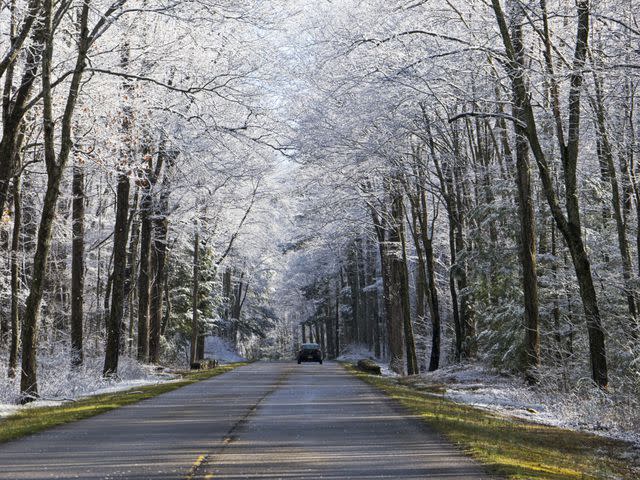
Getty Images
When to Visit for Fewer Crowds
With Great Smoky Mountains National Park being the most-visited national park in the country, popular areas of the park like Alum Cave Trail, Clingmans Dome, Sugarlands Visitor Center, and Cades Cove can get crowded during peak travel times. If you’re looking for a quieter experience of the park, come during the “shoulder seasons,” where there are tourism lulls in the nearby mountain towns of Gatlinburg and Pigeon Forge. The best months for experiencing fewer people in the park are January through April (after the holiday season and before spring break and summer travel pick up) and September through mid-October (before the “leaf peepers” and holiday travelers begin arriving).
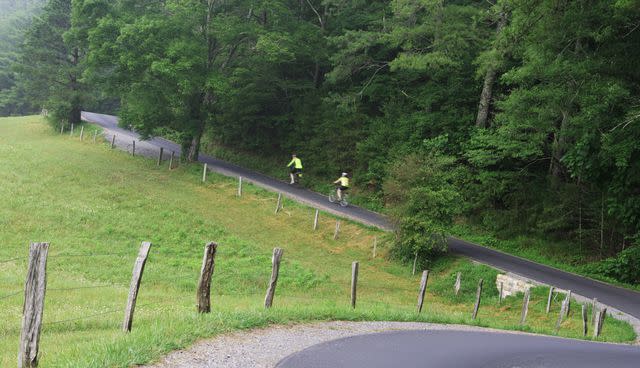
Getty Images
When to Visit for a Unique Cades Cove Experience
Cades Cove is one of the most beloved areas of Great Smoky Mountains National Park. This 11-mile, one-way scenic drive offers excellent opportunities for wildlife viewing, as well as gorgeous scenery of the park’s mountains, valleys, meadows, streams, and historic homesteads. However, this paved road can also get mighty congested on busy days, especially when there are black bear sightings. If you’re looking for another peaceful way to experience the loop, the park closes the road to vehicles all day every Wednesday from early May through late September. You can choose to hike or bike the loop, with bike rentals available near the adjacent campground store. Learn about exact dates each year on the park’s website.
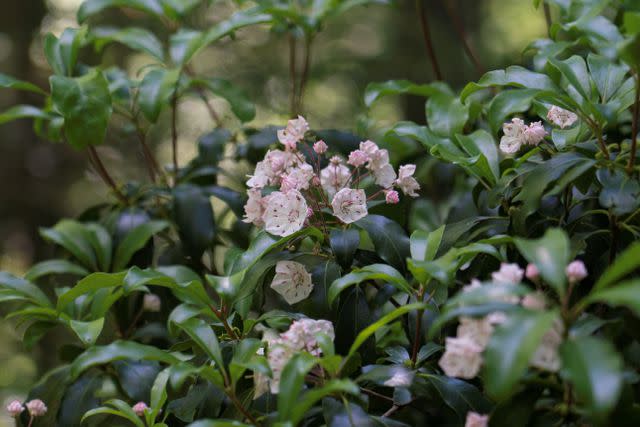
Getty Images
When to Visit for Wildflowers
Great Smoky Mountains National Park has more than 1,500 species of flowering plants. You can find blooms in the park anytime from late winter through late fall. However, peak bloom for the spring ephemerals typically occurs from late February through late April. If you miss certain wildflowers at lower elevations, head farther up the mountain, as many flowers bloom one to three weeks later at higher elevations. Bring a Great Smoky Mountains flower guide along with you to see how many you can spot.
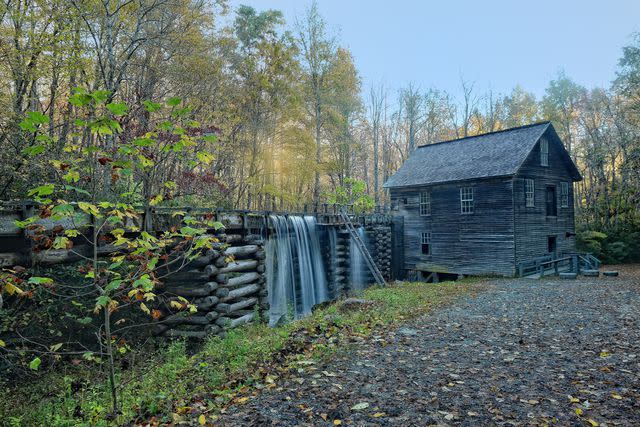
Getty Images
When to Visit for History Tours and Events
Great Smoky Mountains National Park is home to Mingus Mill (an 1880s still-functional grist mill), several old cabins and homesteads, historic cemeteries, and endless stories from Native Americans and early settlers who used to live in the park before its formation. While you can visit the majority of the park’s historic sites year-round, fall often brings more ranger-led tours and events focused on the park’s history. Mid-October is the time to visit for the Smokies Harvest Celebration at the Mountain Farm Museum at the park’s Oconaluftee Visitor Center. The event includes interactive demonstrations like sorghum processing, woodworking, broom-making, blacksmithing, and more. November brings one of the park’s newer events called Daisy Town Day, which focuses on the park’s Elkmont Historic District.
For more Southern Living news, make sure to sign up for our newsletter!
Read the original article on Southern Living.

